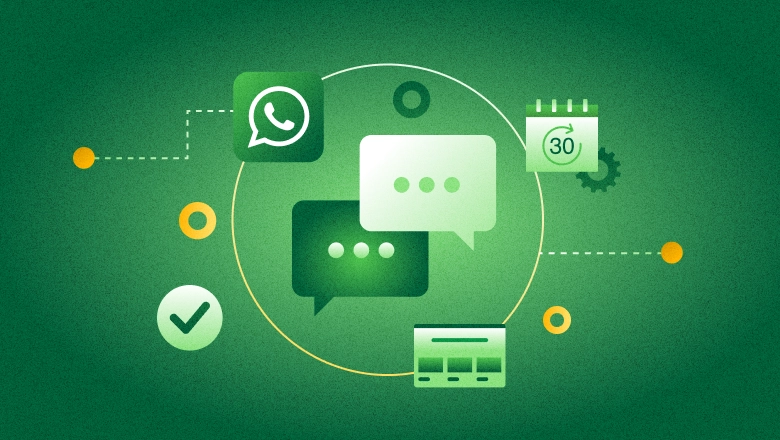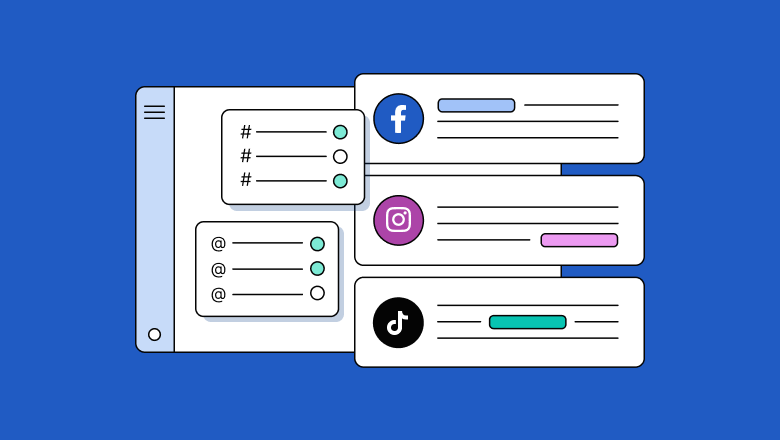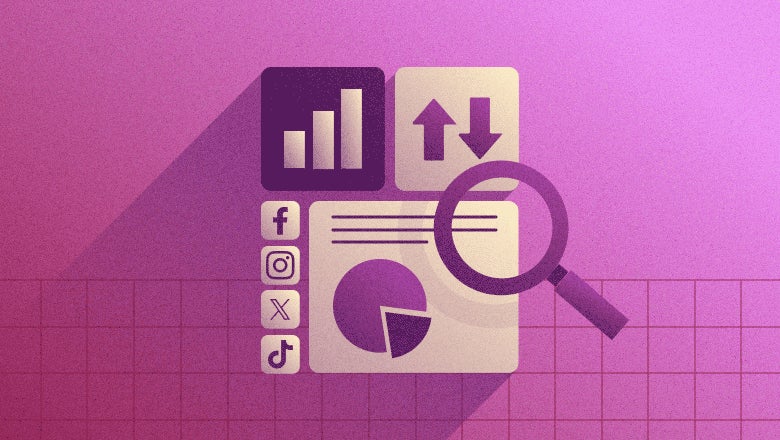Do You Really Need IngramSpark?
IngramSpark has helped level the playing field for indie authors, but does that mean every self-publisher should be using it?


Today’s post is by David Wogahn, author of the Countdown to Book Launch series and the president of AuthorImprints, a self-publishing services company.
When it comes to bringing a print book to market, the gap between what a one-book publisher can achieve in printing and distribution and what the Big Five publishers can do has never been narrower. Credit for this, in large part, goes to IngramSpark. They have all the features that authors look for as they dream of their book competing with traditionally published titles:
- The ability for their book to be stocked by brick-and-mortar bookstores
- The ability to offer it in advance of the publishing date (pre-order)
- A hardcover with a dust jacket
- Comparable printing quality
And as a bonus, they offer the ability to make changes if/when changes are necessary.
For many authors, using IngramSpark feels like a necessity. But considering shrinking profit margins and the complexity of selling via wholesale, I believe it’s time to step back and re-evaluate our motivations and challenge our assumptions. This is especially true for one-book and occasionally publishing authors.
The rising cost of publishing
As a wholesaler, IngramSpark receives a percentage of a book’s price, which is divided between themselves and the retailer that sells the book. Called the wholesale discount, the minimum was 30% until 2023, when it became 40%. (If you want to make your book available for ordering by brick-and-mortar stores and libraries, the discount you must offer is 53–55%, which hasn’t changed.)
Also in 2023, Ingram implemented a new fee on retail sales of POD books of 1% of the retail price. On April 1, 2025, the fee increased 50% to 1.5% of a book’s retail sale price.
And finally, like a lot of other things in our economy, there have been increases in manufacturing costs; specifically paper costs, which have impacted publishers large and small.
For example, two years ago, a 300-page 6 x 9 paperback priced at $20, with a minimum IngramSpark wholesale discount setting of 30%, got you $8.55 in profit. Today, the same book nets a profit of $6.10, or a 28.7% decrease.
Like a lot of decisions in book publishing, what’s right for you and your book depends on several factors. With that in mind, here are five things to think about as you plan your print distribution strategy.
Assumption 1: You need to offer the maximum wholesale discount
Perhaps the most important reason to use IngramSpark is so you can offer wholesale terms acceptable to brick-and-mortar bookstores. Yet the odds of self-published and even small-press books being stocked in stores are exceptionally small.
I recall a book signing event at Book Soup in Hollywood where our author packed the store and, according to the staff, set a record in sold books at an event. But as I was leaving the event, the staff was removing this author’s book from the display window. All of the leftover books went home with the publicist.
Maintaining inventory at stores is also risky, because books are stocked on consignment, meaning unsold books can be returned for full credit. Also consider that the terms you must offer will greatly reduce overall profitability because they must apply to all sellers of your book (such as Amazon), not just brick-and-mortar stores.
Using the hypothetical book I mentioned earlier, here’s a comparison of how profits have changed. Again, the lowest wholesale setting went from 30% in 2022 to the current 40%, which is acceptable for selling via online stores such as Amazon.
Terms 2025 2022 Profit at lowest wholesale discount (40% | 30%) $6.10 $8.55 Profit at 55% wholesale discount $3.10 $3.55
Consider: Instead of assuming or hoping a bookstore will stock your book or host an event, call or visit one or more local stores and ask them about selling your book in their store. This can be done while you are writing your book and certainly before you make decisions about distribution.
Assumption 2: You need to offer your print book for pre-order
Another common reason cited for using IngramSpark is to offer one’s POD print book for pre-order (in advance of the release date). Admittedly, this can be useful in two scenarios.
- If you are doing media outreach, it’s important to be able to share a link to the print book, not just the ebook. This legitimizes your pitch for coverage and reviews.
- Potential buyers can also order in advance. Purchases can trigger a ranking boost or recognition on and/or before the book’s release date.
But what if you aren’t planning media outreach, or you don’t have a network of buyers ready to place an order? And to this latter point, promoting your ebook on pre-order may give you the same benefits and is actually easier because you can use price incentives.
In our experience, a successful pre-order campaign for new authors is entirely dependent on the size and interest of their network and how much time the author has to convince them to buy.
Consider: Amazon KDP’s Schedule a Release feature for print books allows you to set a specific publishing date in the future. Once set, you can buy finished/final copies of your paperback ahead of the release date for use as ARCs, to sell at events, or to use for giveaways.
Note that your print book won’t be listed on Amazon until that date, and you cannot use this feature if you are using IngramSpark.
Assumption 3: You won’t need to change your book once it’s submitted
Up until 2023, IngramSpark charged a fee when you uploaded a book for distribution, and a reduced fee if you submitted revised files. Initial submissions are now free, and revision fees don’t kick in until 60 days after the initial submission.
But in practice, here’s the fine print: Once you approve your book for distribution, changes to the file(s) may result in your book being removed from distribution. This is rare in our experience, but it has happened. When it does, it can take time for your book to be relisted for sale in online stores (and it’s stressful when it happens!).
Why might you need to revise your files?
- You found a typo or error to fix.
- You want to add blurbs to your cover or inside your book.
- You won an award and want to put the seal on the cover.
- You want to add or change the price in the barcode.
- As a serious book marketer, you printed ARCs several months before the release date and now you want to upload final files and enable pre-order.
In our experience, it’s rare that you will produce ARCs, receive blurbs, and have time to add them to the book before enabling distribution within that 60-day “free revision” period.
Consider: Members of ALLi and IBPA get a monthly allotment of free revisions with IngramSpark. Just keep in mind that any revision—free or paid—doesn’t prevent your book from being removed from distribution, so revise files at your own risk.
Assumption 4: You need to offer a hardcover
A lot of self-publishers dream of competing with larger publishers by offering a hardcover with dust jacket. IngramSpark is the primary POD service offering this—Amazon offers only case laminate hardcovers. Here are three issues that make selling a POD hardcover challenging:
- You’ll have to price your hardcover much higher than traditionally published books. Even then, you’ll receive a paltry royalty.
- Dust jackets consistently print inconsistently.
- Assuming you also publish a paperback, your print sales will be split between these two formats, which makes it harder to achieve a higher sales ranking, let alone bestseller status.
Consider: Produce hardcovers for gifts or private sale. You can use IngramSpark’s SKU instead of an ISBN. You can also inspect quality and get a refund for manufacturing defects. Speaking of quality…
Assumption 5: IngramSpark offers the best POD print quality
In 15 years of managing the publication of hundreds of print books printed by both IngramSpark and Amazon, we’ve seen nothing to indicate one produces consistently better quality than the other. And what you quickly learn as a new publisher is that you’ll never be able to monitor the quality of the book your reader receives. (Yet you will be blamed for poor quality, as the actual manufacturer is essentially anonymous, and your name is on the book.)
At this time, I believe it’s a false narrative to choose between IngramSpark and Amazon based on print quality. POD is remarkable technology, and it’s used by large publishers as well. It’s also regularly improving. But no one company has cornered the market with consistent POD print quality.
Consider: You can always do a print run to ensure quality. Just keep in mind that in addition to the print cost, you’ll have to arrange distribution, which means warehousing and likely monthly fees to manage and fulfill inventory.
Be realistic about your printing and distribution needs
I want to stress how incredibly powerful IngramSpark is. It truly does enable anyone to compete with traditional publishers in the most affordable way possible.
But don’t feel you must use it to be successful. My point is that new and occasional publishers should carefully consider their book release plan and use the tools that make sense for their current needs.
IngramSpark is a tool, and using it should not be a forgone conclusion. Nor will its use necessarily lead to more sales.
If you want to learn more about these changes, you can find the IngramSpark service alert here.
To compare the changes in pricing and service offerings, check out these links to their old and new price sheets.


















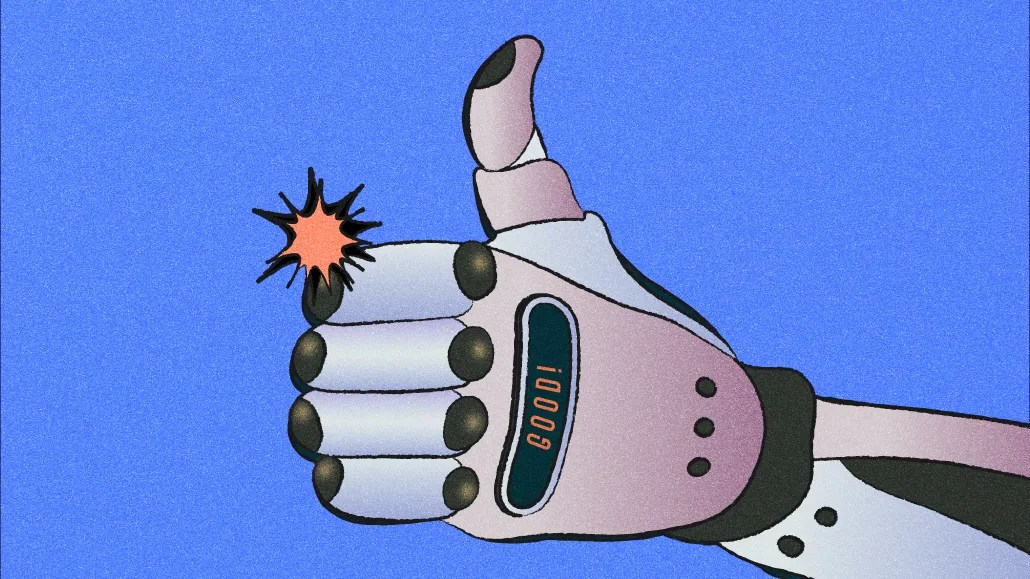
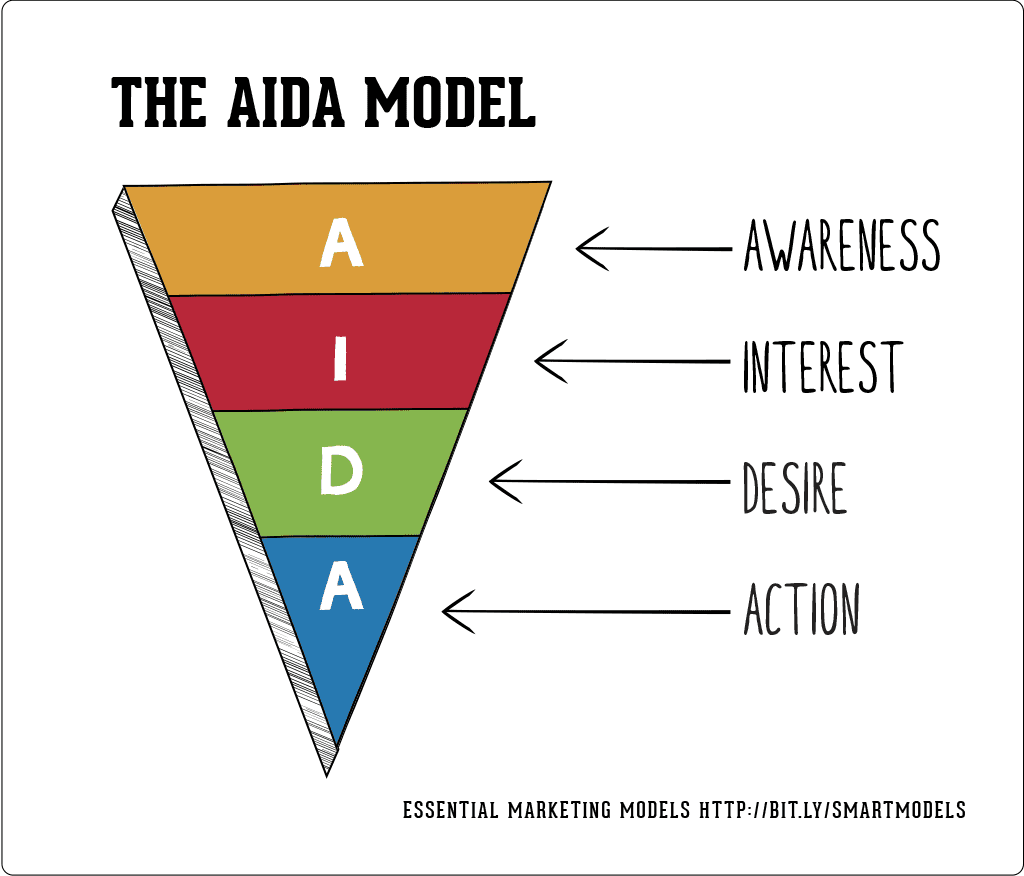








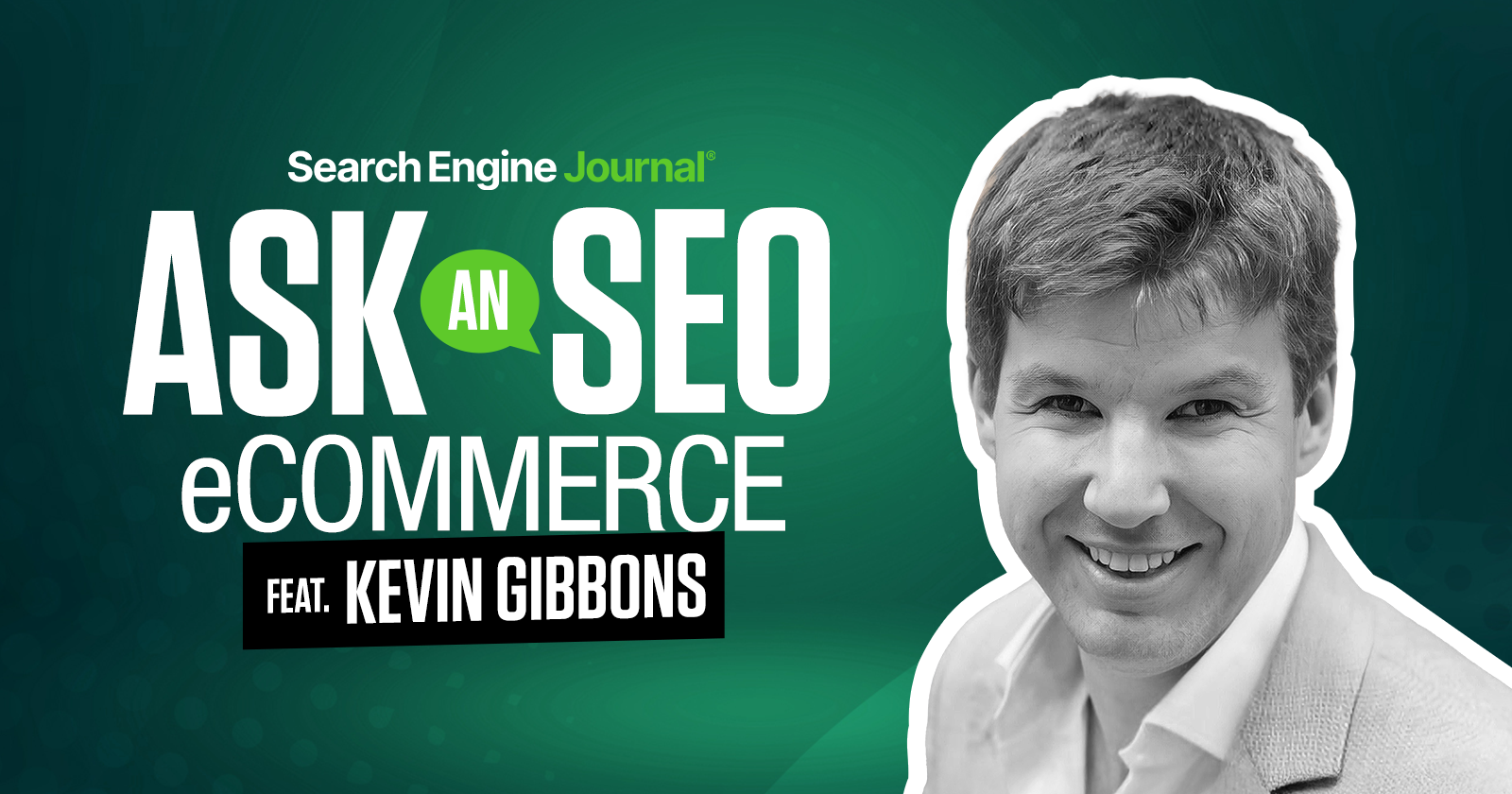







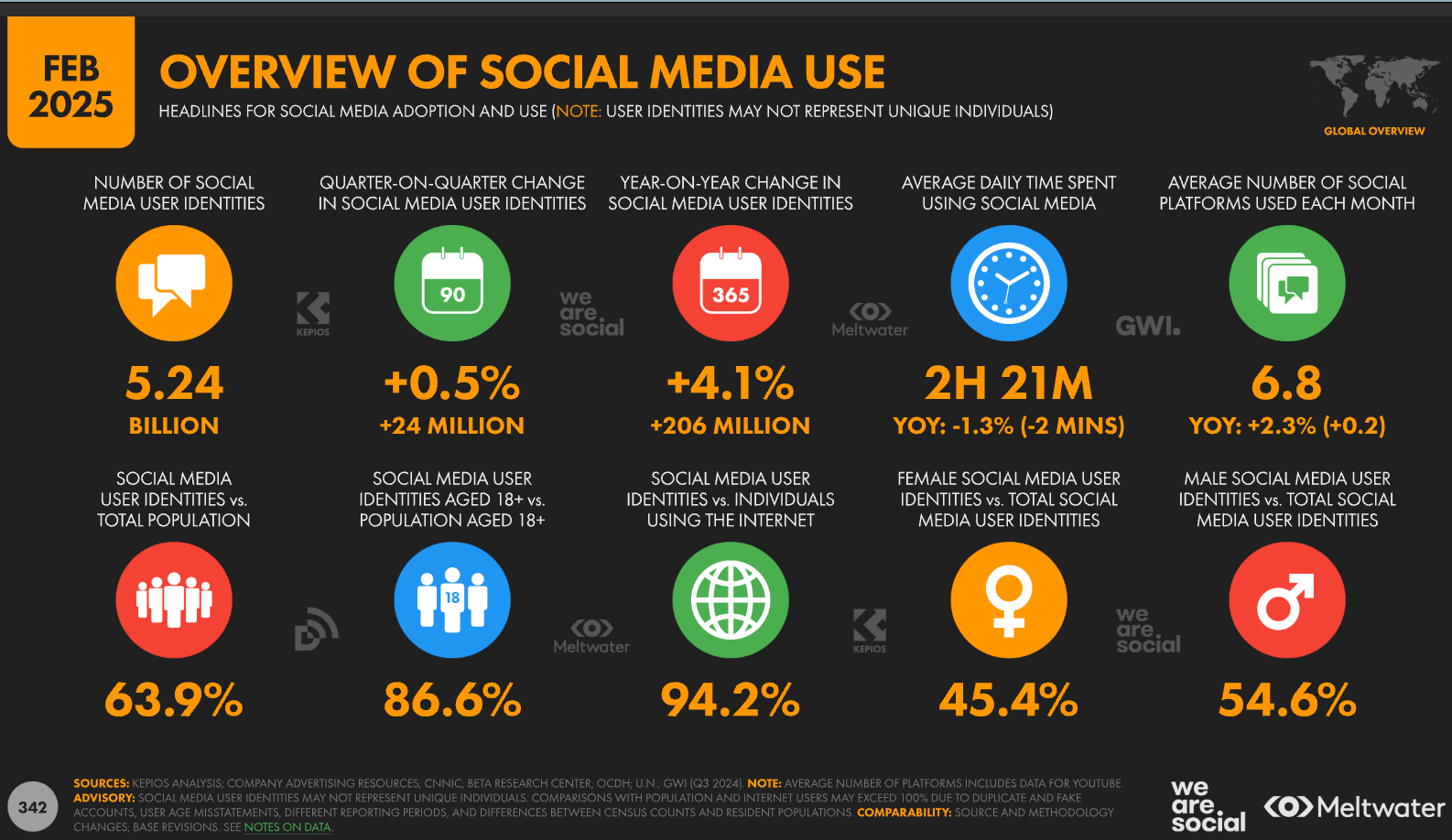
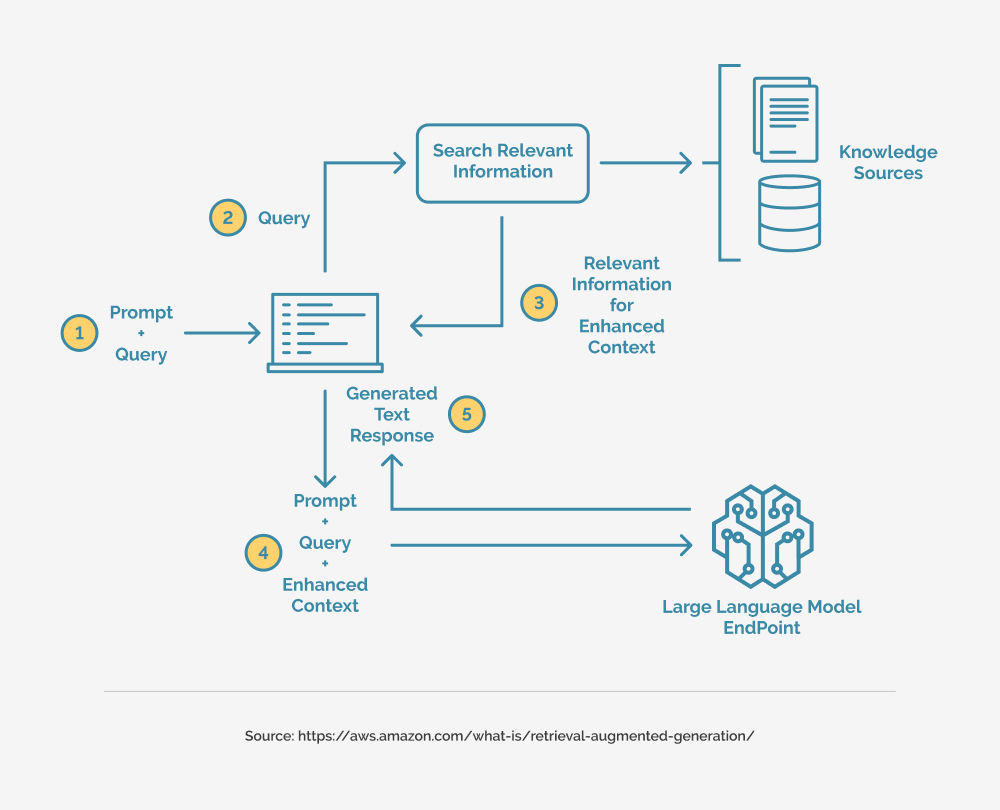












![The 11 Best Landing Page Builder Software Tools [2025]](https://www.growthmarketingpro.com/wp-content/uploads/2024/04/best-landing-page-software-hero-image-1024x618.png?#)




























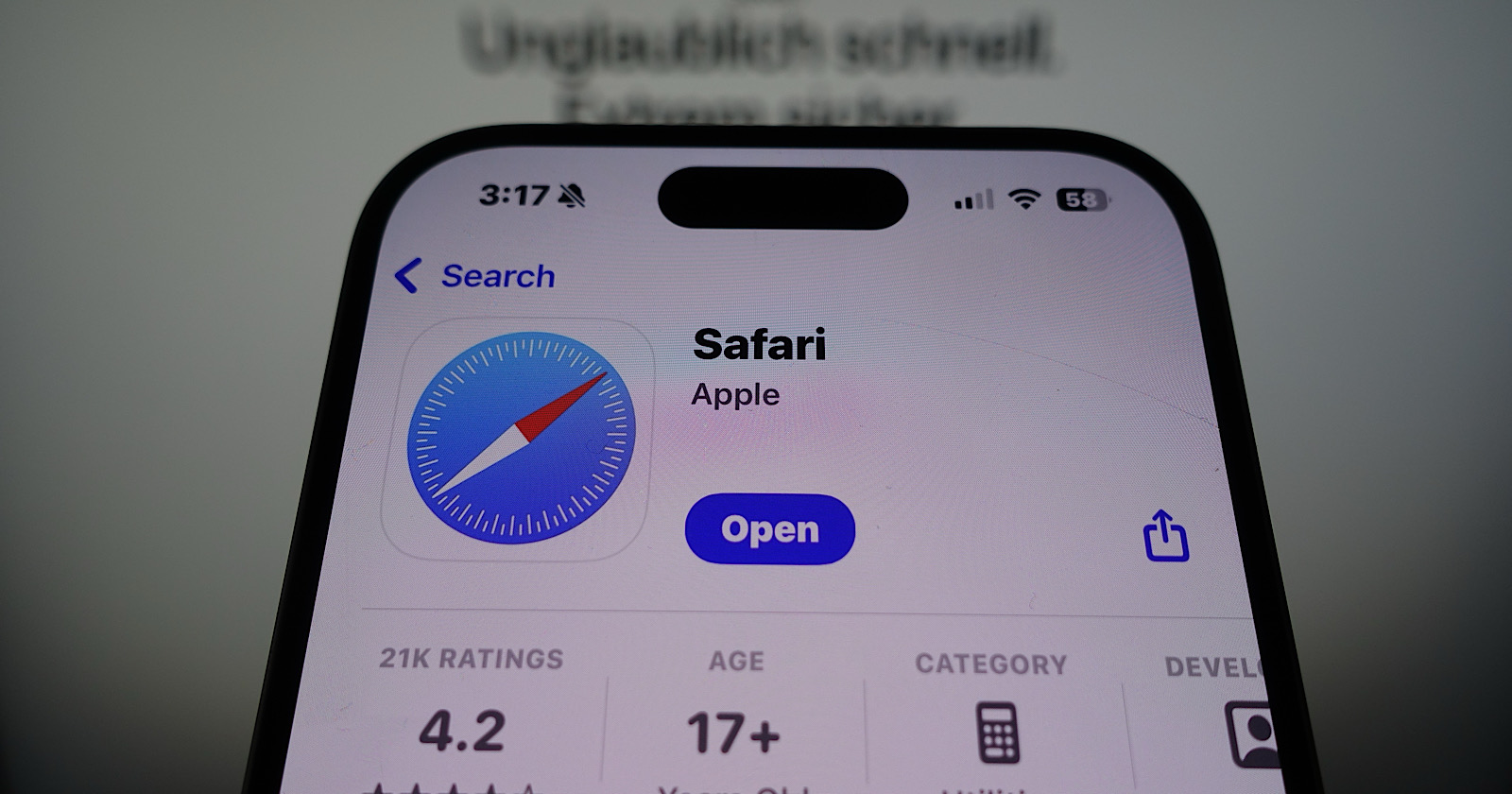
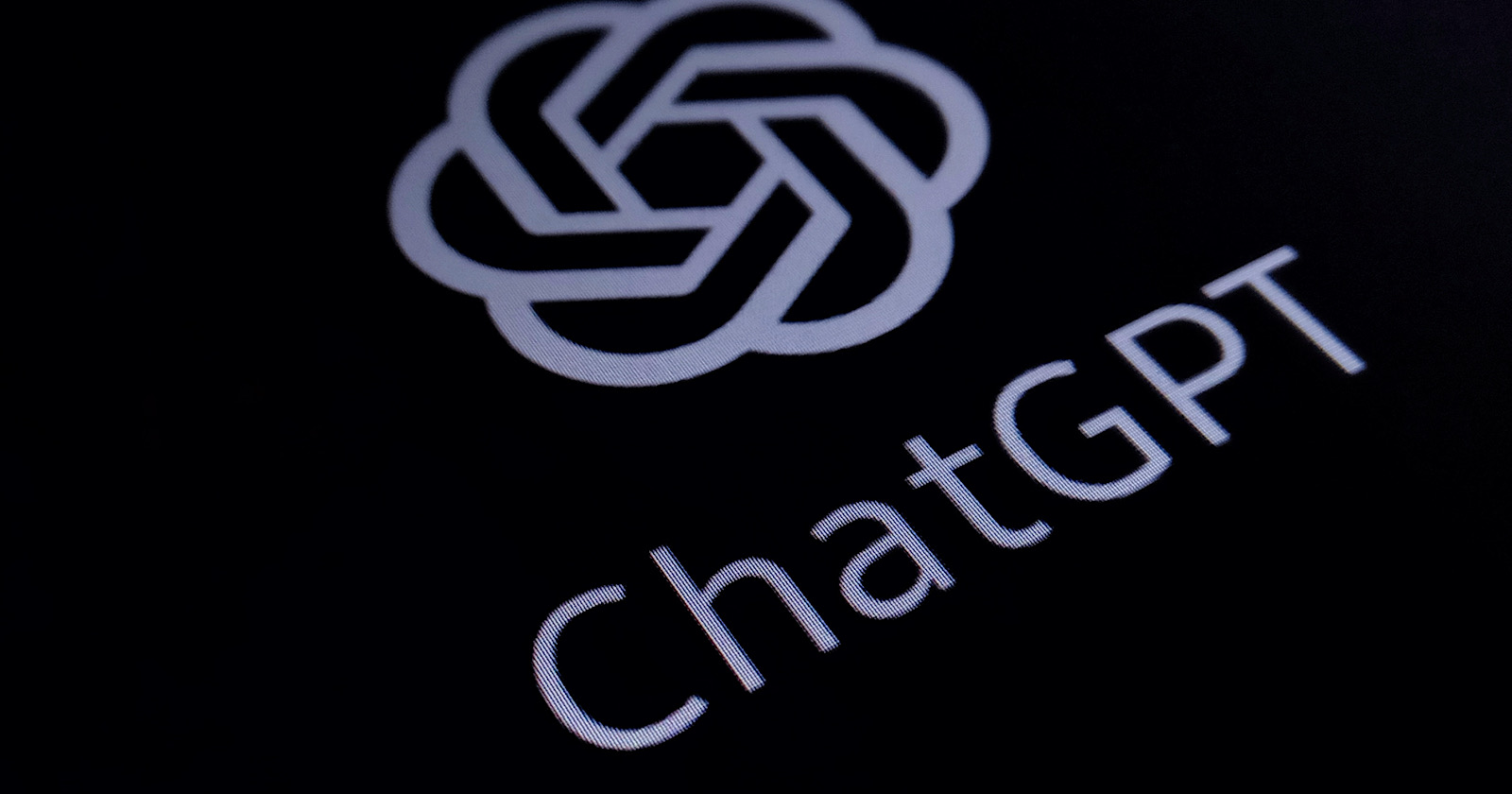
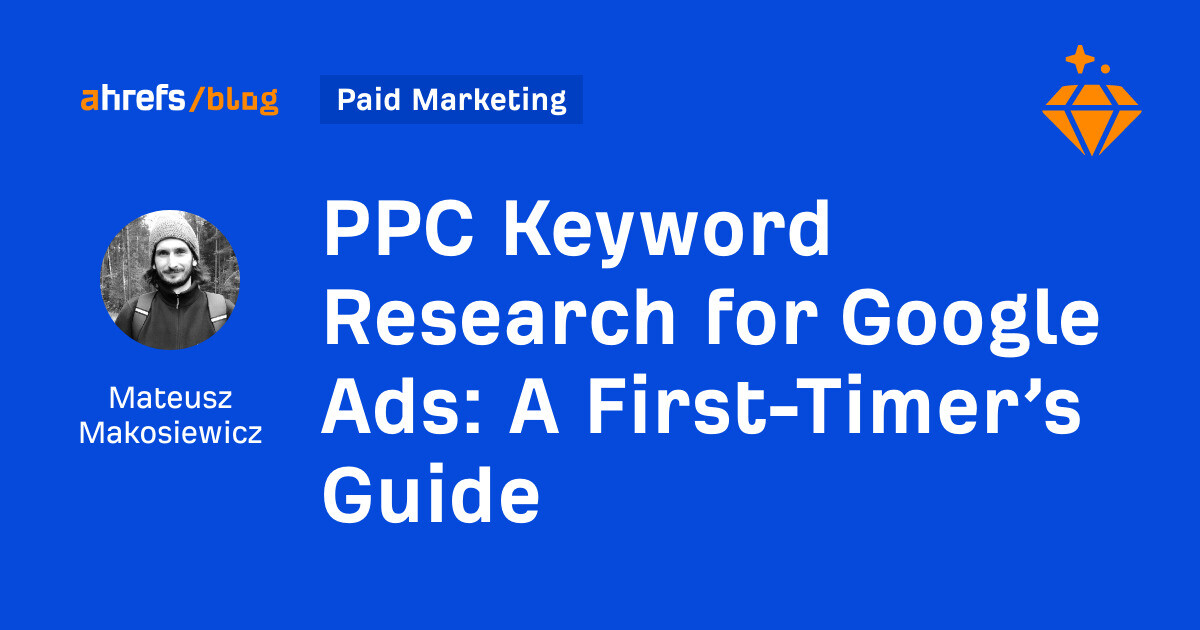
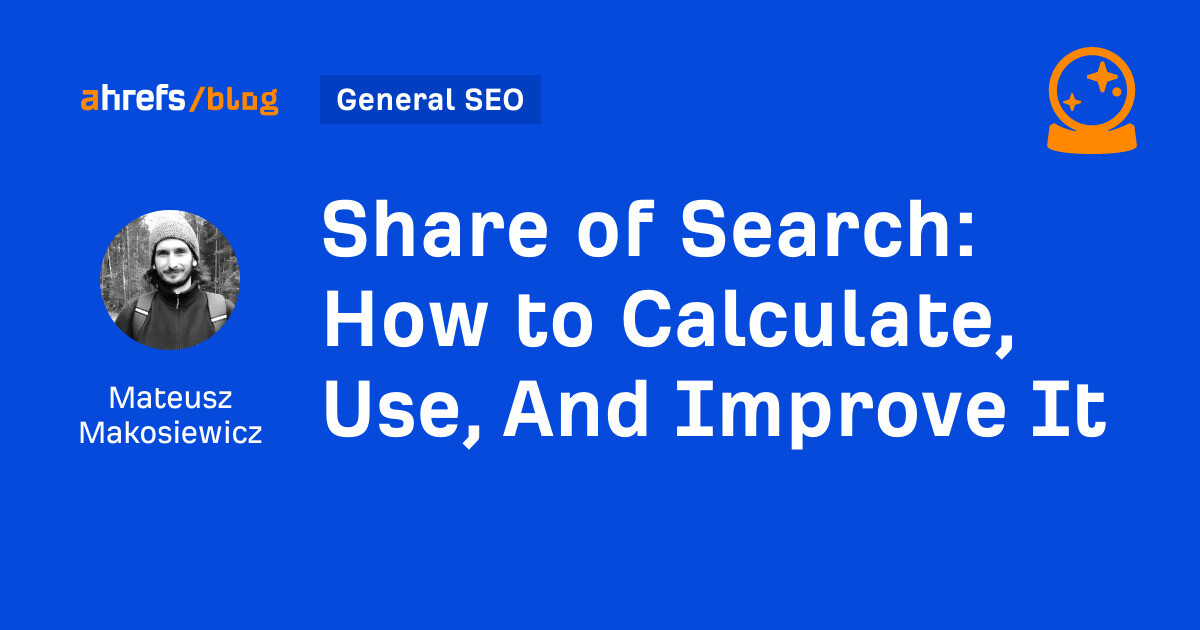



![What Is Generative Engine Optimization [Tips & Workflows To Do It]](https://moz.com/images/blog/banners/What-Is-Generative-Engine-Optimization-Tips-Workflows-To-Do-It-1.png?auto=compress,format&fit=crop&dm=1745607929&s=6f75f1f02c531af0f80acb12517c8bab#)










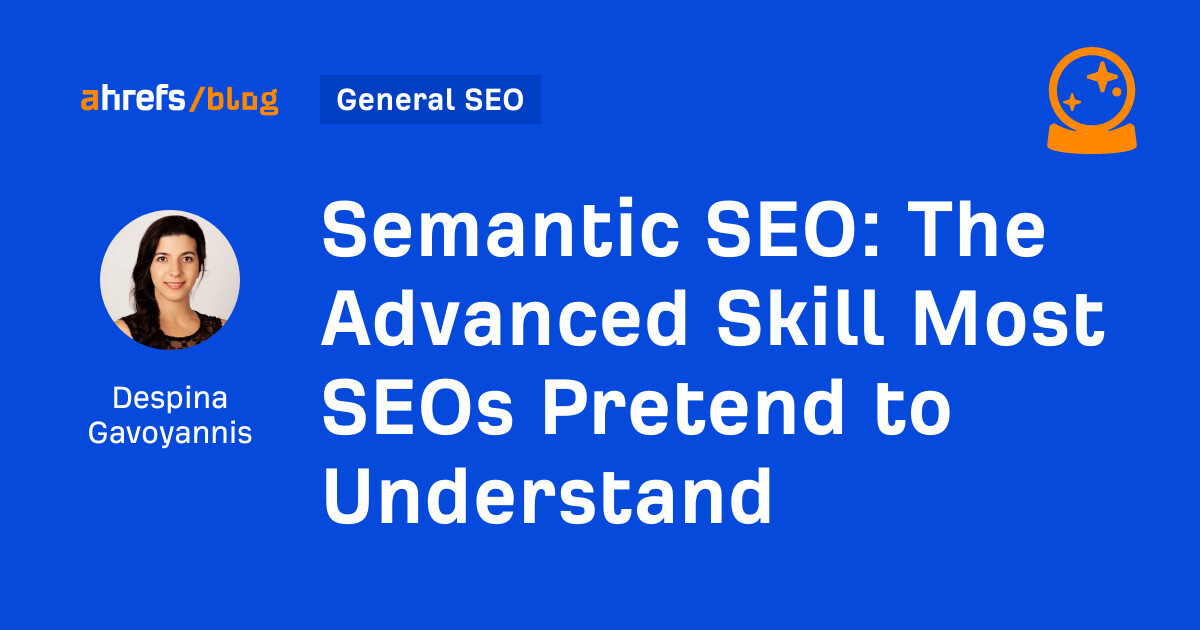
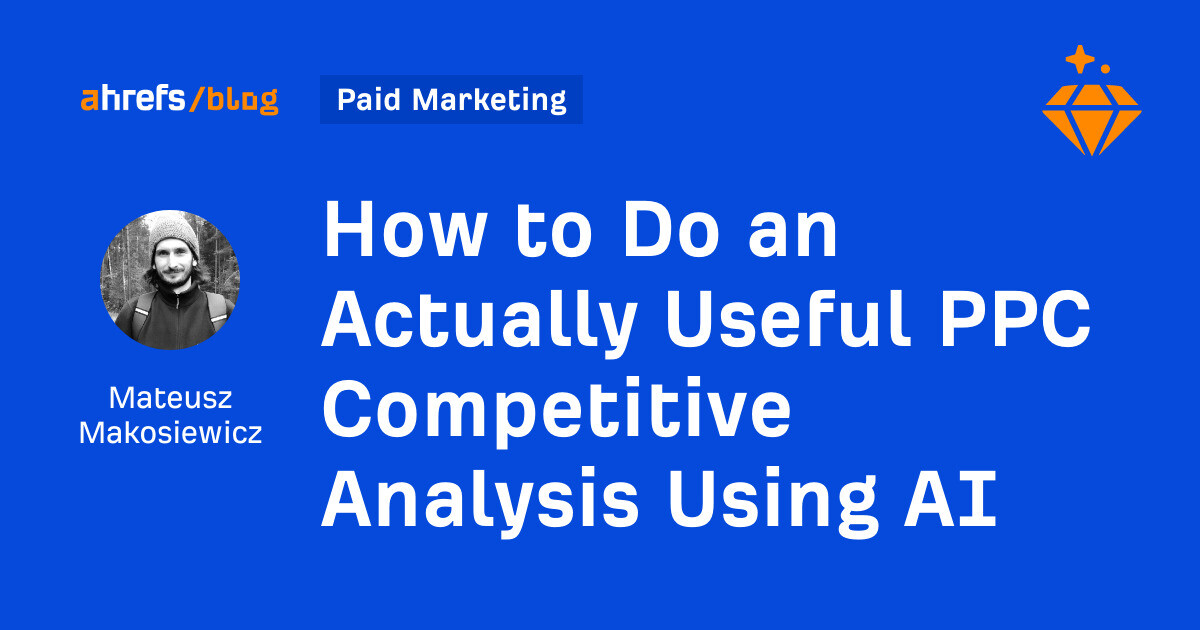


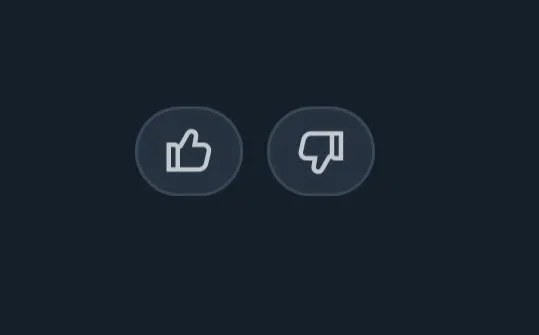
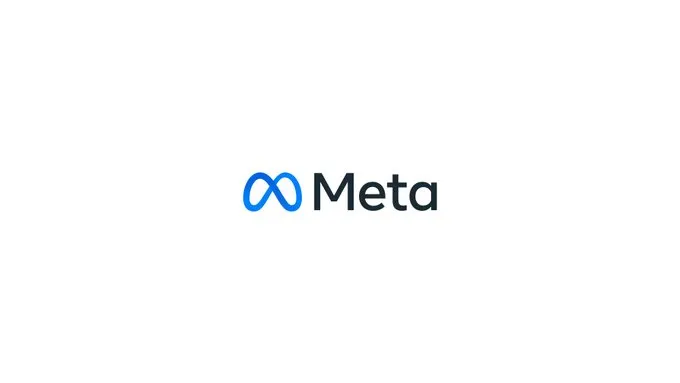
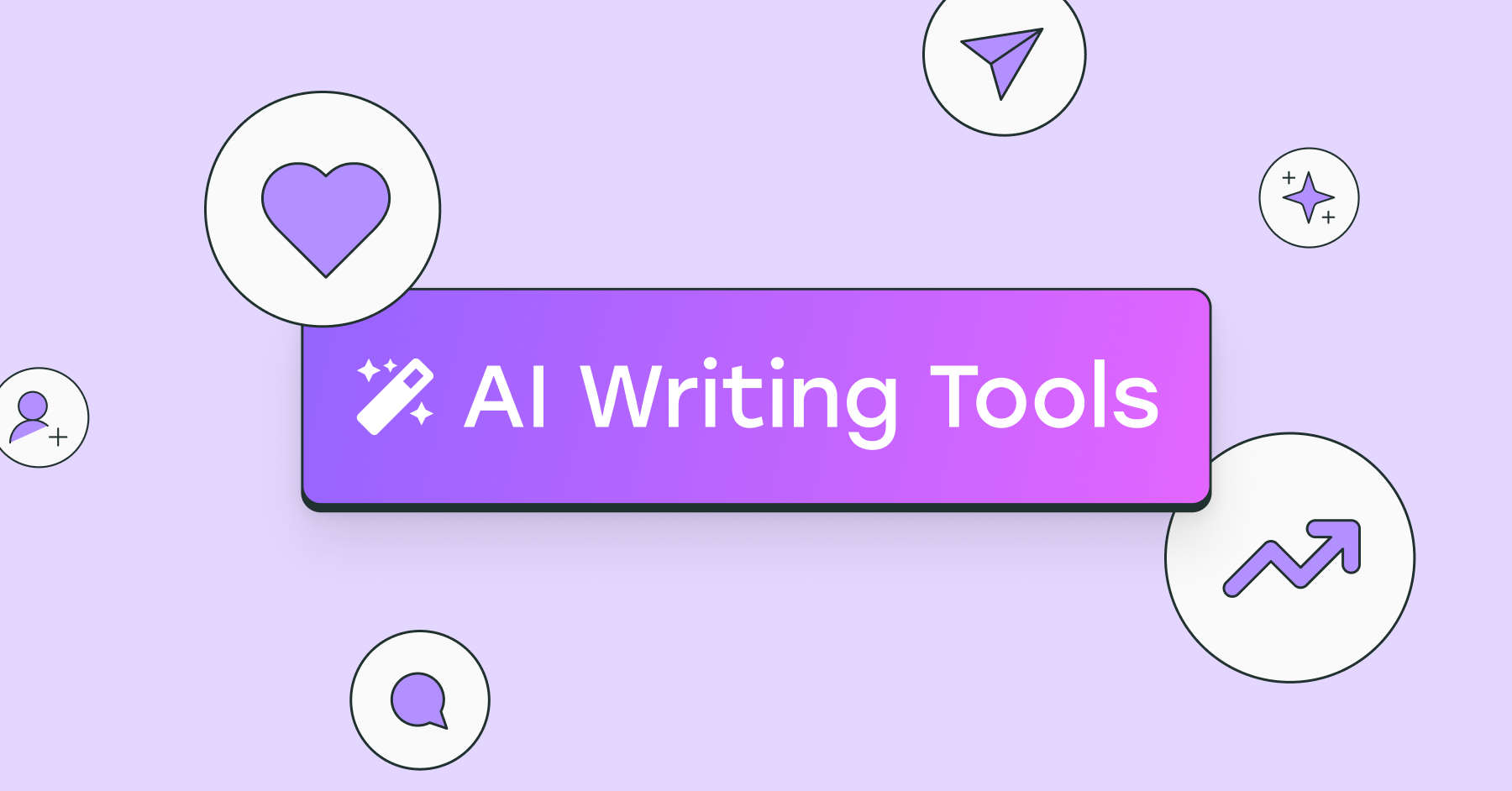









![Social media image sizes for all networks [May 2025]](https://blog.hootsuite.com/wp-content/uploads/2023/01/Social-Media-Image-Sizes-2023.png)















